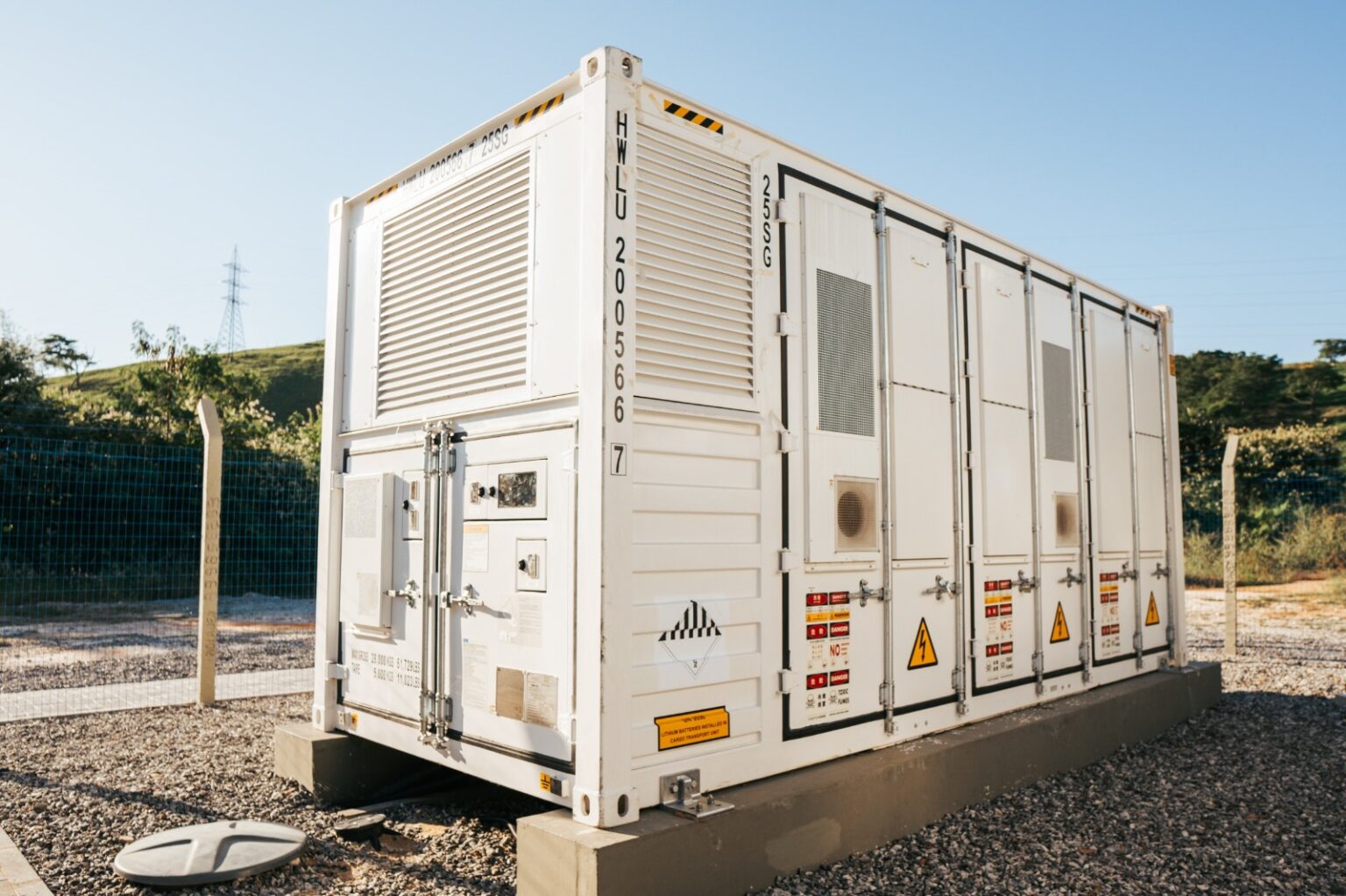Policy
Energy storage could cut Brazil’s electricity system costs 16% in 2029
Storage is essential to expand renewables penetration and ensure grid flexibility, according to a study by consultants PSR. Regulatory and tax barriers still limit the sector, however, and new revenue sources are needed to make projects viable.

By
Livia Neves
Oct 22, 2025

Image: Matrix Energia
The adoption of energy storage technology such as lithium-ion batteries and pumped hydro could reduce the average cost of the Brazilian electricity system by up to 16% in 2029, in addition to contributing to reliability and enabling a greater share of renewables without increasing dependence on fossil-fuel thermoelectric plants.
Those estimates were included in the study “ Accelerating the Brazilian Energy Transition: Comprehensive Energy Storage Meta-Analysis for Brazil,” which analyzes the role of energy storage systems (ESS) in the country’s energy transition. The report examines technical, economic, and regulatory measures that could enable the adoption of energy storage in the electricity sector at a time when solar and wind power generation are expanding.
The study states lithium-ion batteries and pumped hydro sites can solve operational problems in the Brazilian electricity system, especially loading ramps and the curtailment of renewable energy sources such as solar and wind, in addition to providing ancillary services.
While batteries are more suitable for up-to-four-hour, short-term application – and can be deployed in modular fashion – pumped hydro offers long-term storage, can exploit Brazil’s topography, and draws on domestic hydroelectricity expertise.
Electricity mix transformation
Rising penetration of variable renewable energy sources, mainly wind and solar, is affecting the operational dynamics of Brazil’s National Interconnected System, which was structured around hydroelectric dominance.
Hydro’s share of the national generation mix has fallen from 65%, in 2014, to less than 48%. When micro- and mini-generation (MMGD) are factored in, hydro accounts for only 40% of the total. During that period, wind power rose from 2% to 16% – or 13.22% with MMGD – and solar from zero to 8% (rising to 24% with MMGD included).
Those structural changes in the generation mix necessitate the electricity system’s need to increase capacity, flexibility, reserves, and ancillary services. While demand is growing, generation – particularly from hydro and thermal power – faces operational constraints and raises environmental and economic concerns.
ESS offer a strategic solution, according to the report by consultants PSR.
“Energy storage is a key part of the Brazilian energy transition,” said PSR chief executive Luiz Barroso. “It contributes to reducing systemic costs by enabling a greater share of renewable sources in the electricity matrix but it needs regulatory and economic conditions that enable its expansion.”
More flexibility needed
With “non-dispatchable” solar generation fluctuating throughout the day – and suffering steep ramps at sunrise and sunset – a more flexible grid needs to rapidly ramp other power sources to maintain reliability and balance supply and demand.
PSR analyzed the flexibility requirements of the Brazilian grid under various 2029 scenarios. One-hour daily ramps would require 5 GW of grid flexibility by that date, according to PSR, rising to 16 GW in critical scenarios. Four-hour ramps would need an average 19 GW and a critical 47 GW and seven-hour ramps would need an average 30 GW, rising to 58 GW of critical flexibility.
The grid’s operation could be at risk without such rapid response capability, PSR warned, and ESS could play a vital role in providing it.
The report’s authors said 32 GW/128 GWh of batteries could reduce grid costs 13% by 2029, and 32 GW/3.2 TWh of pumped hydro could save 16%, based on the current generation fleet. The study found 32 GW of flexible gas-fired power plants would reduce equivalent grid costs 4.1%.
Revenue, tax, regulation
The consultancy’s report stated batteries are not economically viable in Brazil because of market conditions and taxation. Lack of regulatory frameworks is another barrier to deployment.
Electricity arbitrage – storing energy in ESS when prices are low to sell when they are high – does not generate sufficient revenue. That would require average daily price differences of $72 per megawatt-hour to $152/MWh for four hours daily over the 15-year life of a battery. Profitable pumped hydro arbitrage would require price differences of $65/MWh to $161/MWh for eight hours per day over 40 years. Brazil’s daily prices typically vary around $29/MWh.
For that reason, PSR stated, the capacity and ancillary services that could be provided by ESS need to be adequately remunerated and stackable.
Taxes add an average 76% to the costs of battery-based ESS, with batteries taxed more than conventional power generation equipment.
On the regulatory front, Brazil’s National Electric Energy Agency (Aneel) has been developing a roadmap which it expects to complete by 2027. Progress has been made but gaps remain concerning revenue allocation, capacity auctions, environmental permits, and clearer rules for the broad market integration of storage.
While acknowledging the first cycle of the Aneel roadmap will be an important stage, PSR’s report states further measures will be needed to enable ESS to compete in capacity auctions and be part of electricity sector planning.
From pv magazine Brasil
ess-news.com |






